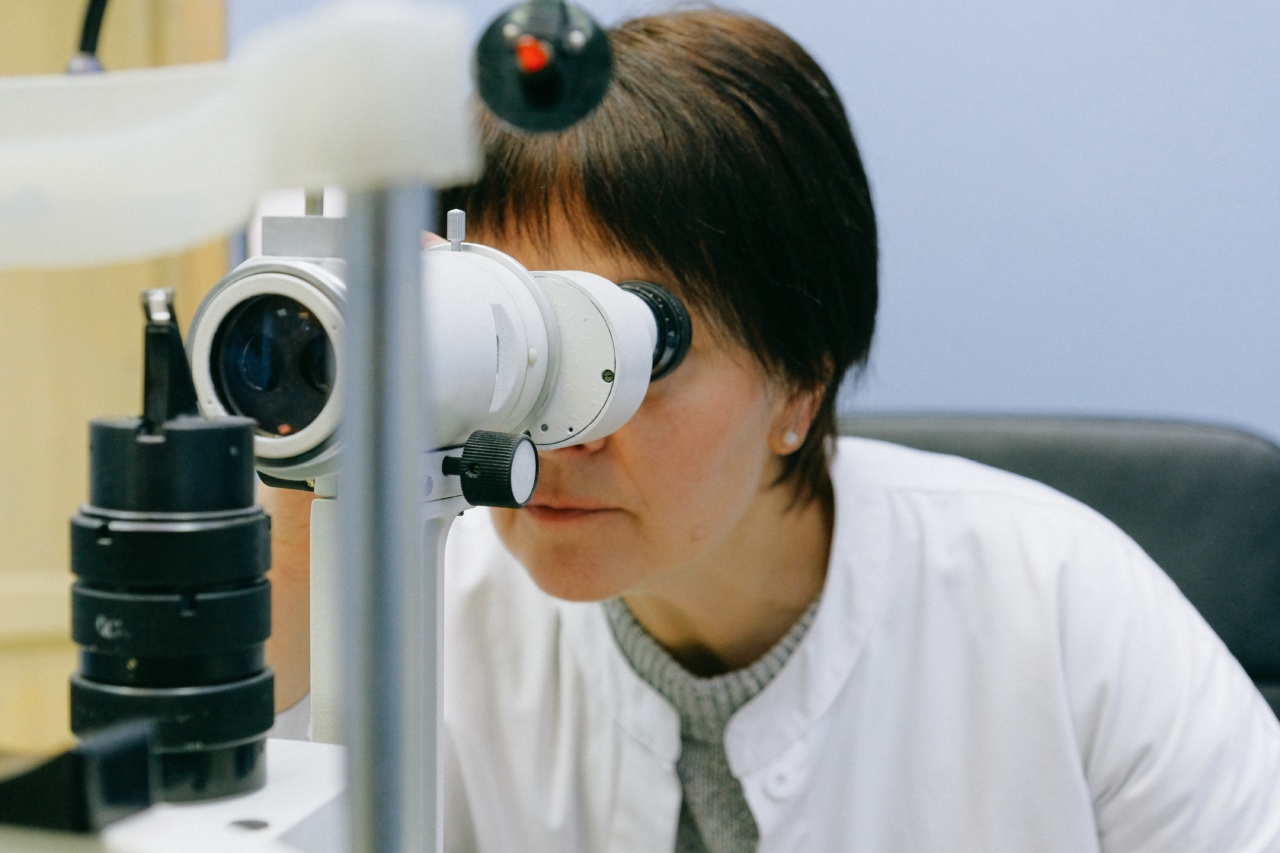An ocular examination, also known as an eye exam, is a routine procedure that involves assessing the health of the eye and diagnosing any potential problems or diseases.
While the primary purpose of an ocular examination is to evaluate vision and prescribe corrective measures, it can also provide valuable insights into the presence of various systemic illnesses.
Diabetes
Ocular examinations can play a crucial role in detecting and managing diabetes. People with diabetes often experience changes in their eye structures, such as the blood vessels and the retina.
Diabetic retinopathy, a condition characterized by damage to the blood vessels in the retina, is a common complication of diabetes. By examining the retina and assessing any changes, eye care professionals can not only detect the presence of diabetes but also monitor the progression of the disease.
Hypertension
High blood pressure or hypertension can have detrimental effects on various organs, including the eyes.
During an ocular examination, optometrists may observe hypertensive retinopathy, which involves narrowing of retinal blood vessels, hemorrhages, or swelling of the optic nerve. Detecting these signs can indicate the possibility of hypertension. Additionally, ocular examinations can help monitor the effectiveness of hypertension treatment and alert healthcare providers to any complications.
Multiple Sclerosis
Multiple sclerosis (MS) is a chronic autoimmune disease that affects the central nervous system. While MS primarily affects the brain and spinal cord, it can also impact the optic nerves.
Optic neuritis, inflammation of the optic nerve, is a common symptom of MS. By examining the ocular structures and assessing any vision changes, eye care professionals can provide valuable information for diagnosing and managing this neurological condition.
Rheumatoid Arthritis
Rheumatoid arthritis (RA) is an autoimmune disorder that primarily affects the joints. However, it can also impact the eyes, leading to conditions such as dry eyes, scleritis, episcleritis, and uveitis.
During an ocular examination, optometrists can identify these eye problems, which can aid in the early detection and management of rheumatoid arthritis. Additionally, eye care professionals can collaborate with rheumatologists to provide holistic care for individuals with RA.
Glaucoma
Glaucoma is a group of eye conditions that damage the optic nerve, often due to increased intraocular pressure (IOP). Routine ocular examinations involve measuring the IOP and assessing the optic nerve head.
Early detection of glaucoma is crucial as it can lead to irreversible vision loss if left untreated. By regularly monitoring the IOP and evaluating the optic nerve, eye care professionals can ensure timely diagnosis and appropriate management of glaucoma.
Cataracts
Cataracts are a common age-related eye condition characterized by the clouding of the lens, leading to diminished vision. Ocular examinations involve assessing the clarity of the lens, which can help identify the presence and severity of cataracts.
By diagnosing cataracts early on, eye care professionals can provide appropriate recommendations, including surgical intervention, to restore visual acuity and improve the quality of life for affected individuals.
Macular Degeneration
Age-related macular degeneration (AMD) is a progressive eye disease that affects the macula, the central part of the retina responsible for sharp central vision.
During ocular examinations, careful examination of the macula can reveal signs of AMD, such as drusen deposits or retinal pigment changes. Early detection of AMD is crucial for implementing measures to slow down the progression and preserve remaining vision through lifestyle changes and appropriate treatment options.
Thyroid Disorders
Thyroid disorders, such as hypothyroidism and hyperthyroidism, can affect several aspects of ocular health. Ocular examinations can help identify signs of thyroid eye disease (TED), also known as Graves’ ophthalmopathy.
Symptoms of TED can include bulging eyes, eye redness, dryness, double vision, and vision loss. By assessing these ocular manifestations, eye care professionals can collaborate with endocrinologists to manage the underlying thyroid disorder and provide symptomatic relief for TED.
Sickle Cell Disease
Sickle cell disease is an inherited blood disorder that affects red blood cells. This condition can increase the risk of various eye complications, including retinal vessel occlusions, proliferative retinopathy, and neovascularization.
During an ocular examination, eye care professionals can recognize these abnormalities and refer patients for appropriate management by hematologists or other relevant specialists.
HIV/AIDS
HIV/AIDS can impact several ocular structures and cause various eye conditions. Ocular examinations can detect signs of HIV-related complications, such as cytomegalovirus retinitis or HIV-associated neuroretinal disorder.
These manifestations can provide important diagnostic information and prompt timely interventions to manage the underlying viral infection and preserve vision.
Conclusion
Ocular examinations serve not only as a means to evaluate vision but also as a window into detecting various systemic illnesses.
By carefully examining the ocular structures, eye care professionals can identify signs of diseases such as diabetes, hypertension, multiple sclerosis, rheumatoid arthritis, glaucoma, cataracts, macular degeneration, thyroid disorders, sickle cell disease, and HIV/AIDS. Early detection and appropriate management of these conditions can significantly improve patients’ overall health and well-being.






























